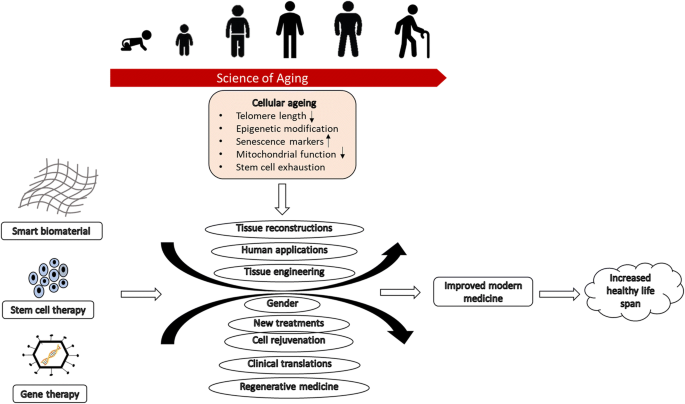Table of Contents
[/image][=video]
[/video]
There are several types of stem cells. As a whole, the term stem cell refers to a group of cells that trigger various other cells (like skin, blood, heart, and muscle mass cells) by duplicating and setting apart in reaction to chemical signs. Totipotent stem cells appear at the earliest phase of advancement and are the only stem cells which can generate beginning stem cells and the placenta.
Bone marrow transplant (BMT) is a special therapy for people with certain cancers or various other illness. A bone marrow transplant involves taking cells that are typically located in the bone marrow (stem cells), filtering those cells, and offering them back either to the contributor (person) or to another individual. The objective of BMT is to transfuse healthy bone marrow cells right into a person after his/her very own undesirable bone marrow has been treated to kill the irregular cells.
Bone marrow is the soft, squishy tissue located inside bones. It is where many of the body's blood cells establish and are saved. The blood cells that make various other blood cells are called stem cells. The most primitive of the stem cells is called the pluripotent stem cell. This is various than other blood cells with regard to the following residential properties: It has the ability to recreate another cell identical to itself.
It is the stem cells that are needed in bone marrow transplant. The goal of a bone marrow transplant is to heal numerous diseases and kinds of cancer cells. When the dosages of chemotherapy or radiation needed to cure a cancer cells are so high that an individual's bone marrow stem cells will certainly be completely damaged or ruined by the treatment, a bone marrow transplant might be needed.
Stem Cell Therapy
This procedure is commonly called rescue. Replace bone marrow with genetically healthy and balanced operating bone marrow to stop more damages from a genetic disease process (such as Hurler's syndrome and adrenoleukodystrophy). The threats and benefits must be considered in a thorough discussion with your medical care carrier and specialists in bone marrow transplants before the treatment.
There are different kinds of bone marrow transplants depending on who the benefactor is. The different kinds of BMT consist of the following: The donor is the client himself or herself. Stem cells are taken from the individual either by bone marrow harvest or apheresis (a process of collecting outer blood stem cells), frozen, and then repaid to the client after extensive therapy.
The benefactor shares the same hereditary kind as the client. Stem cells are taken either by bone marrow harvest or apheresis from a genetically matched benefactor, generally a bro or sibling. Various other donors for allogeneic bone marrow transplants may consist of the following: A haploid-identical match is when the benefactor is a moms and dad and the hereditary suit is at the very least half similar to the recipient.

Matching includes typing human leukocyte antigen (HLA) tissue. The antigens externally of these unique leukocyte establish the hereditary makeup of an individual's immune system. There go to least 100 HLA antigens; however, it is believed that there are a couple of significant antigens that figure out whether a benefactor and recipient match.
Clinical study is still examining the function all antigens play in the procedure of a bone marrow transplant. The more antigens that match, the far better the engraftment of given away marrow. Engraftment of the stem cells occurs when the given away cells make their way to the marrow and start making new blood cells.
Medical Group in Dearborn, Michigan
All people work together to give the best possibility for a successful transplant. The group is composed of the following: Health care carriers who specialize in oncology, hematology, immunology, and bone marrow transplant.
Specialists that will aid you fulfill your dietary demands prior to and after the transplant. They will work very closely with you and your family. Experts who will help you become solid and independent with movement and endurance after the transplant. Chaplains that give spiritual care and assistance. A number of other employee will certainly assess you before hair transplant and will certainly provide follow-up treatment as required.

A complete medical history and physical examination are performed, consisting of numerous examinations to examine the patient's blood and organ features (for instance, heart, kidney, liver, and lungs). A patient will frequently enter the transplant facility up to 10 days before transplant for hydration, analysis, positioning of the main venous line, and various other prep work.
Blood products and medicines will certainly be provided with the catheter during treatment. For an allogeneic transplant, an appropriate (tissue entered and matched) contributor must be readily available. Locating a matching contributor can be a tough and prolonged process, specifically if a brother or sister match is not offered. Volunteer marrow contributors are signed up in a number of national and international pc registries.
Benefactor sources readily available consist of: self, brother or sister, parent or family member, nonrelated person, or umbilical cable from a relevant or nonrelated individual. There are nationwide and global computer registries for nonrelated individuals and cable blood.
Stem Cell Therapy servicing Dearborn, Michigan
Tests connected to his/her wellness, direct exposure to viruses, and genetic analysis will be done to identify the level of the suit. The benefactor will be given instructions on just how a bone marrow donation will be made. As soon as a match for a client needing a bone marrow transplant is found, then stem cells will be gathered either by a bone marrow harvest.
Or by a peripheral blood stem cell collection. This is where stem cells are accumulated from the circulating cells in the blood.
Navigation
Latest Posts
Medical Group in Dearborn
Regenerative Therapy in Dearborn, Michigan
Menopause Therapy around Dearborn, Michigan